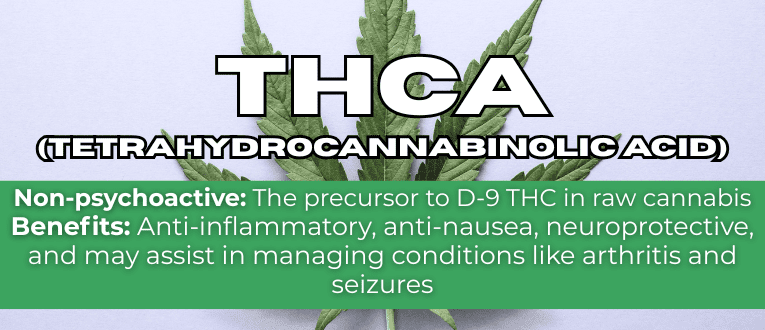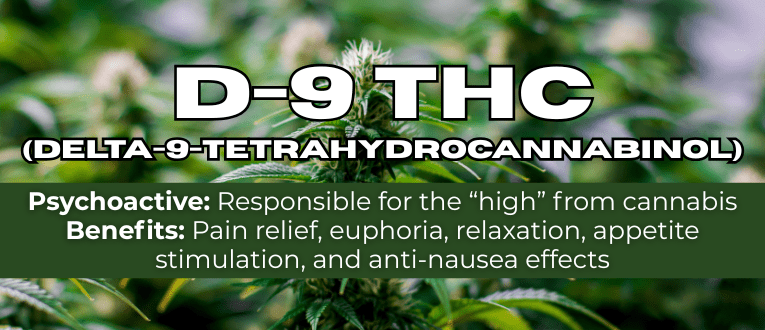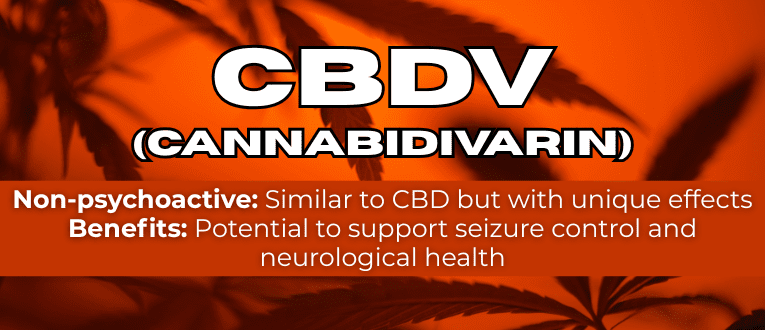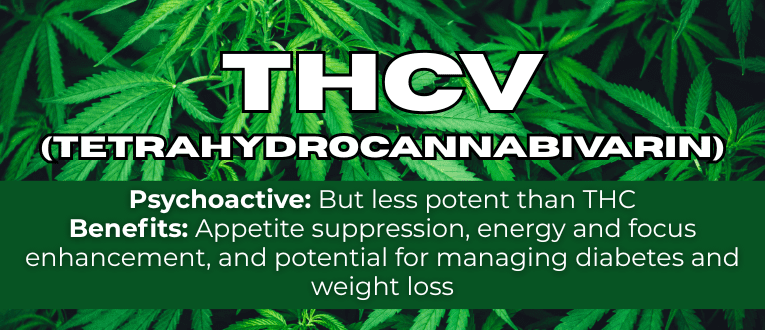Cannabinoids are naturally occurring chemical compounds found in the cannabis plant that interact with the body’s endocannabinoid system (ECS)—a network of receptors involved in regulating many physiological functions like mood, pain, appetite, sleep, and immune response.
There are three main types of cannabinoids:
1. Phytocannabinoids (from cannabis)
These are the cannabinoids found in cannabis plants. Some of the most well-known include:
THC (tetrahydrocannabinol) – The primary psychoactive compound responsible for the “high.”
CBD (cannabidiol) – Non-psychoactive; known for potential benefits like reducing anxiety, inflammation, and seizures.
CBG (cannabigerol) – A precursor to other cannabinoids; studied for mood, pain, and antibacterial properties.
CBC (cannabichromene) – Non-intoxicating; may support pain relief and neurogenesis.
CBN (cannabinol) – Formed as THC degrades; mildly psychoactive with potential sedative effects.
2. Endocannabinoids (from the body)
These are produced naturally by the human body and include:
Anandamide – Sometimes called the “bliss molecule”; binds to cannabinoid receptors and helps regulate mood and appetite.
2-AG (2-arachidonoylglycerol) – Involved in regulating immune function and inflammation.
3. Synthetic Cannabinoids
Man-made compounds designed to mimic natural cannabinoids. Some are used medically (e.g., dronabinol) while others (e.g., Spice, K2) are illegal and often dangerous.
What Do Cannabinoids Do?
Cannabinoids bind to CB1 and CB2 receptors in the body:
CB1 receptors are mainly in the brain and central nervous system—linked to mood, memory, and pain perception.
CB2 receptors are found in the immune system—linked to inflammation and pain relief.
Together with terpenes, cannabinoids contribute to the entourage effect, where compounds work together to enhance each other’s therapeutic potential.









